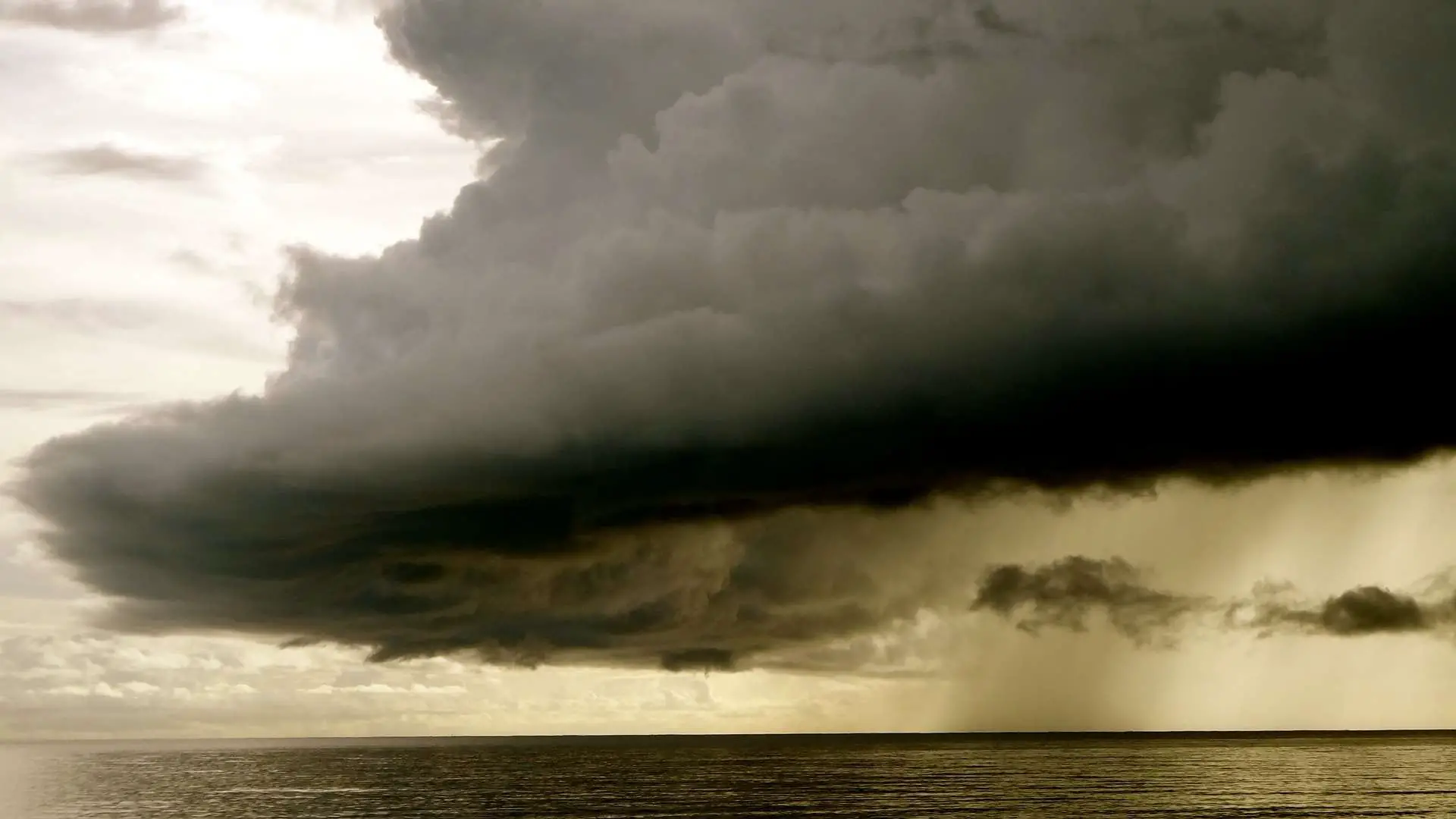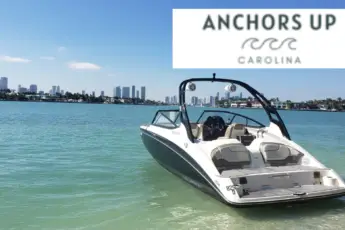Knowing the weather conditions is critical before heading out on a boat during the day or night in coastal Georgia, South Carolina, or North Carolina. Navigating a vessel is challenging before adding inclimate weather conditions which makes things even more difficult. The passengers’ safety onboard the watercraft is highly dependent on the operator, and failing to read a marine forecast can put everyone in danger. What is a NOAA Marine Forecast?
What Does NOAA Stand For
NOAA stands for National Oceanic And Atmospheric Administration. The government-funded agency wears many hats. NOAA is directly linked with the National Weather Service or NWS for short. In combination, who releases A NWS marine forecast.
The purpose of NOAA is to research coastlines, weather, oceans, and climate. As a result of climate changes, the impact forces changes on each area of study, and NOAA predicts the short and long-term impacts.
In addition to studying the coastal environments and weather, NOAA implements regulations and strategies to conserve fragile ecosystems.
The most commonly used resource for boaters is the NOAA marine weather forecast which predicts sea conditions and makes the information available to the public.
Forecasts are available within ranges. Pay close attention to your location when reading a NOAA marine forecast nc, NOAA marine forecast SC, or NOAA marine forecast GA.
What Information Is Included In A NOAA Marine Forecast
NOAA releases information that will help a boater better understand the conditions before venturing onto the water. Read on to learn the information included in a NOAA marine forecast to help keep you safe when boating.
Wind Direction And Speed
The direction and speed of the wind significantly impact the operation of a vessel. In some instances, the wind blows hard enough to keep boaters secured to the dock.
NOAA releases a four-day forecast that includes both the intensity of the wind and the direction of the wind. Wind speeds published in knots compared to miles per hour. One knot equals 1.15 miles per hour.
It is critical to understand that cold fronts affect wind speeds for short windows of the day. Boaters have the opportunity to head offshore before the winds increase. Therefore, pay close attention to the timing of the arrival of winds to avoid wasting a day of boating.
Additionally, buoys positioned offshore gather data. NOAA sea conditions are in real time when metrics are measured from bouys.
Before pulling out of the driveway at the house, review the wind direction and intensity. Reviwing the weather will prevent being surprised and help you realize the conditions are not safe for operation.
Wave Height
The wind direction and speed directly impact the wave height. As obvious as it sounds, the higher the wind speed, the larger the waves.
Know that most often, a NOAA offshore forecast releases a range of 2-3 feet instead of set heights such as 4 feet. Remember, you must know the limits of your boat to prevent encountering a dangerous situation. Lastly. warn passengers of rough sea conditions thus allowing them the option to back out of the trip.
When winds fluctuate through the day, it is not uncommon to read reports of building seas. For example, waves 2-3 building to 4-6 in the afternoon. Heed the warning and bring the boat back to the dock before the seas become rough.
Atmospheric Conditions
Equally tumultuous are dense fog, thunderstorm activity, and rain. Each of these plays a contributing factor in navigating a watercraft safely.
Decreased visibility is the primary concern in rain and fog. Operating at high speeds in low visibility leads to disastrous consequences, including colliding with stationary objects or vessels. Fortunately, NOAA marine forecasts alert boaters of impending visibility concerns. Never depart the dock when heavy rain or dense fog is expected due to restricted visibility thus increasing the chances of a collision.
Electricity and water don’t mix, and extra precautions are necessary when there is a risk of lightning. Watercraft are prone to lightning strikes as they remain the highest object on the surface of the water.
When a marine forecast NOAA releases a high percentage, chance of thunderstorms remain at home. However, surprises pop up from time to time, steer clear of the storm or return to the dock at the first sign of building storm cells.
Do You know How To Understand A NOAA Marine Forecast
Fortunately, the National Oceanic and Atmospheric Administration provides a resource for boaters to help increase safety by understanding the conditions before heading out on the water. Safety is the number one consideration when boating so pay close attention to the NOAA marine weather. When the conditions become too rough, small craft advisories are released by NOAA. Remember to wait for the right conditions by monitoring noaa marine rather than risking life and the watercraft.








Leave a Comment
You must be logged in to post a comment.